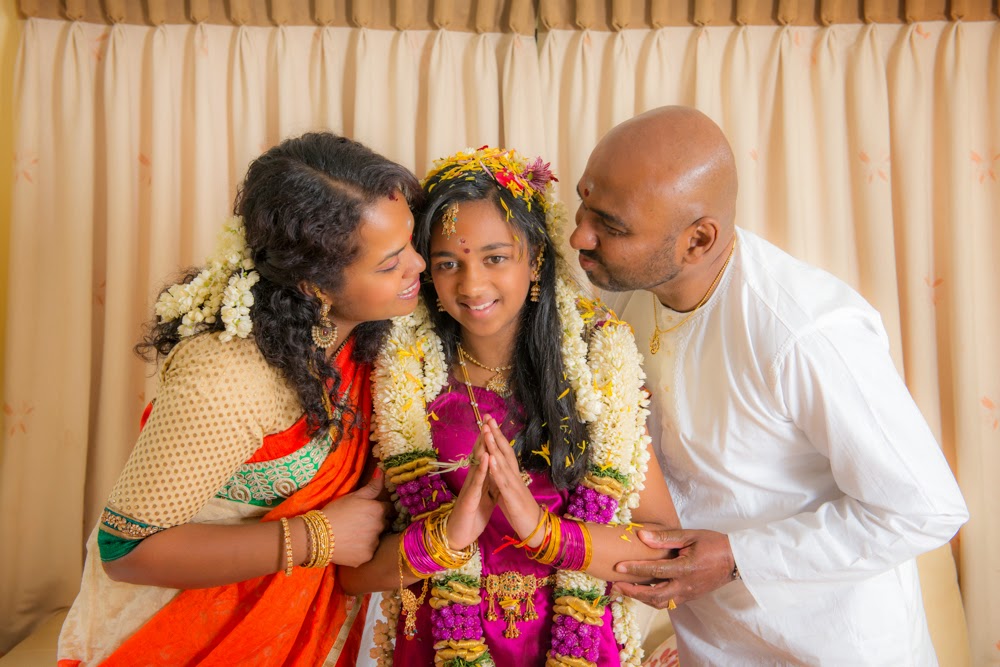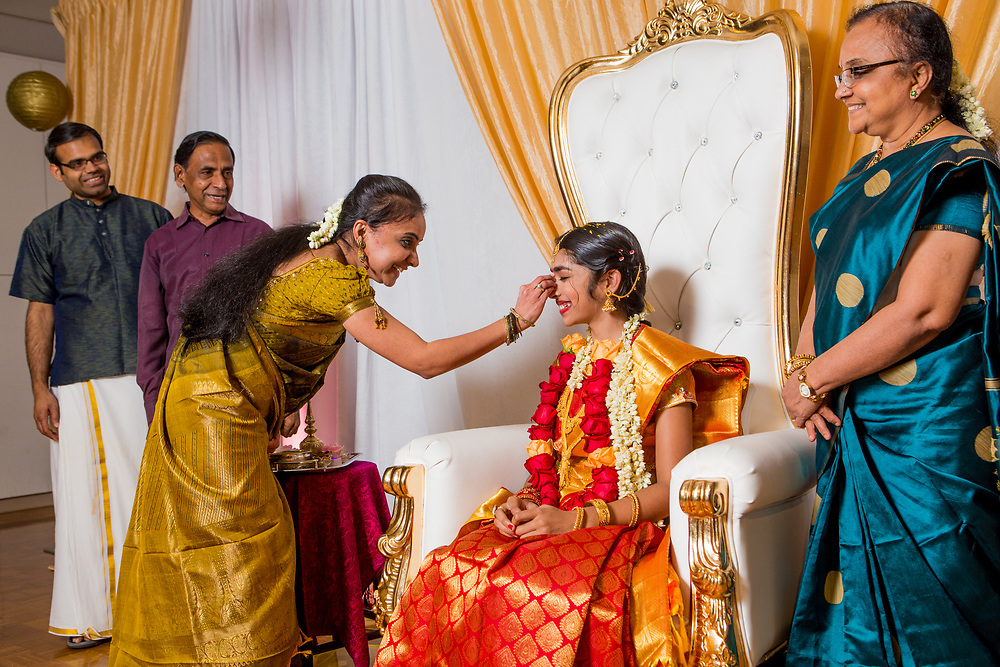
Ritushuddhi Practice: Is Menstruation Just A Biological Construct?
Rituals have historically proven to be hallmarks of cultural diversity, providing us with narratives and a window into the past cultural contexts in which they were created. The problem arises when the ritual and ceremonies stay fixated on that period of time and don’t evolve with the context in which they are placed.
One such practice is that of Ritushuddhi or Ritu Kala Samskara, which marks the onset of puberty in girls by celebrating their womanhood. Although an extremely common practice in South India, it has numerous manifestations in the other Indian cultures as well, the Tuloni Biya in Assam and Ambubachi Mela in Hindu Mythology to name a few.
Regardless of the terminology given to the ritual the point of commonality in all of them is the fact they celebrate the menarche in girls of the family. The ritual of Ritushuddhi is a Hindu ceremony performed when a girl wears a saree for the first time, as a marker of the girl’s first period – an indicator of attaining womanhood, both physically and symbolically.

Welcoming girls to a journey of womanhood
This practise, which is prevalent in both urban and rural Tamil Nadu households, undoubtedly has advantages. It serves as both an announcement and a welcome to a girl’s journey to becoming a woman. Previously, this ceremony was one of the only ways a teenage girl could be informed and made aware of the phenomenon of menstruation, as well as made comfortable with this foreign concept. The gathering of adults, all of whom were menstruating women, served as a resource for imparting knowledge and preparing the girl for what was to come in her future. Because this ritual is rooted in the past, it has allowed the community to stay in touch with its ancestors and their history. Ritu Kala Samskara is a tradition passed down from generation to generation. It is the epitome of history coming to life in the age of modernity.
While rituals act as a window to the cultural contexts of our ancestors and the kind of social system that worked at a certain time, it’s imperative to analyze the impact of these practices in a retrospective way.

Is it more than just a progressive cultural practice?
One way to look at this is through the relationship between health and culture. The nature of the culture of a community and its values transcend multiple layers within it. For example, Hindu societies follow a stringent caste system that bars each caste from interacting and mobilizing themselves within the other castes. What this entails is a construction of rigid boundaries defined on the grounds of purity, ownership, and social status. These restraints of purity are even more caged for women who have the dual burden of holding the casteist notions of purity and impurity, but also the patriarchal burden of gendered explanations and expectations of reproductive behavior.
While Ritushuddhi celebrates the womanhood of girls, it requires you to stay isolated for the first few days of your period precisely because of the purity principle on which this ritual operates. While education about menstruation and making it a normalized idea in households is conceptually a progressive one, the way in which this ritual manifests and the implications it has is one that requires our attention. It educates the women of the family that menstruation requires you to distance and isolate yourself. This paradox of being celebrated for something you’re required to make meaning out of, alone and remotely is what makes Ritushuddhi more than just a progressive cultural practice that allows for the educational dissemination of menstruation.

Are women mere reproducers?
Ritushuddhi, or any other cultural/religious practice engaging with menstruation reduces, and even celebrates, the identity of a woman to a mere reproducer. Rejoicing menarche cannot exist as a celebration of a biological milestone in isolation, it has its implications and gendered underpinnings. The reproductive value of a woman then defines what constitutes as becoming a “good woman” and a “bad woman”, which again is a construct that marginalizes people who do not follow the socially defined roles of femininity; most often dictated by the men.
But most importantly, it excludes a large population of people who are not biologically female out of the ambit of this celebration of this beginning of a new phase in their lives. If bio essentialism is how we then validate the identity of women then we set a dangerous precedence of legitimizing the womanhood of only some women, and not others through these practices.

Conclusion
Rituals can be markers of historical notions and can even be of cultural relevance. They influence the way we construct societal ideals, the way we look at certain communities, and the way we hold expectations out of them. The relation between menstruation and cultural practices is a complicated one. What remains clear is the need to move the narrative from reduction of conceptualization of womanhood to biological functions, and move them to a more nuanced understanding of how genders and their expectations are manufactured in the society based on cultural differences. What we need to be cognizant of is to critique these rituals and the context they are placed in from time to time.
Source: Tanvi Mohanty
Author

